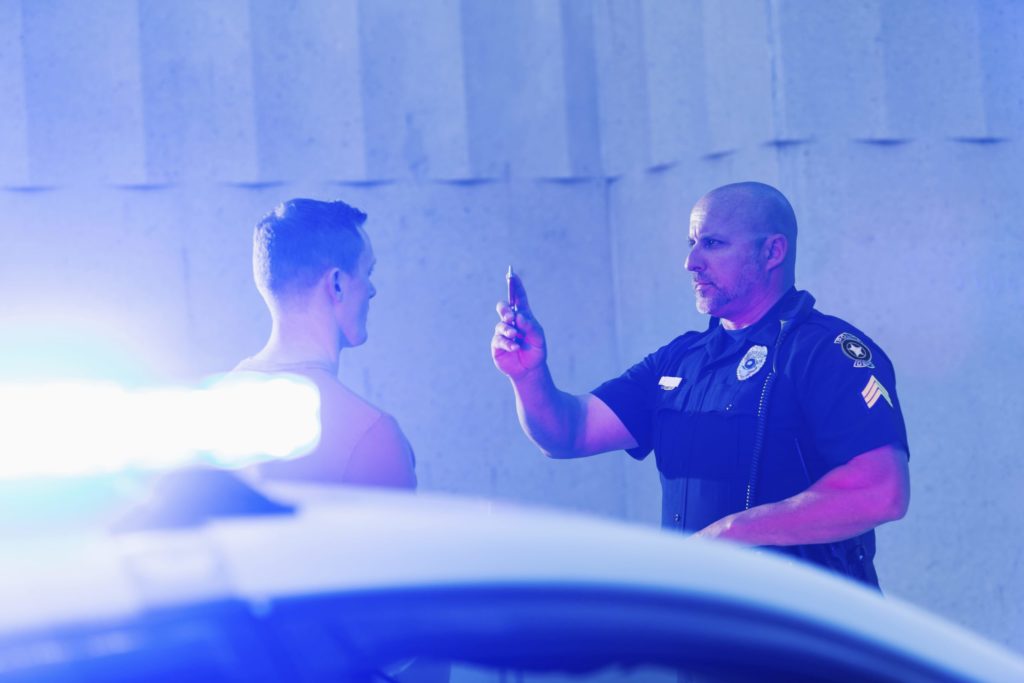In a study to determine why adolescents choose to drink and drive, researchers found out whom the most likely people were to engage in the dangerous act. A study published in the Journal of Adolescent Health reported that young white males were more likely to get a DUI than women or men of other racial and ethnic groups. The U.S. National Institutes of Health states that alcohol plays a part in 37 percent of motor vehicle deaths of young drivers from the ages of 16 to 20. The recent study from the University of Florida’s College of Medicine offers some information on the faces of those most likely to drive and could prompt research in to how better prevent these young men from engaging in this deadly behavior.
Multicultural Study
No matter the color of skin or ethnicity of a human, researchers found that all different groups engage in drinking and driving in their study of more than 10,000 people. Of all ethnicities and races in the study, Whites had the highest DUI risk. Hispanics had the second highest risk, followed by Asians, and then Blacks. Participants from the National Longitudinal Study of Adolescent Health from 1995 to 2001 were first analyzed at ages 15 or 16. At age 21 they were asked if they had ever incurred a DUI. Sixty-seven percent of participants were white, 12 percent were Hispanic, 3.6 percent were Asians, and 16 percent were black. Individuals most likely to drink and drive shared these characteristics:
- Males
- Whites
- Own a car
- Teens of higher income families
- Access to alcohol at home
- Binge drinkers
- Engage in drug use
Male Dominance
Between the two sexes of all ethnicities and races, men in the study were more likely to be at risk for DUI than women. A report in 2011 by the Centers for Disease Control and Prevention had similar findings. They reported that men are four times more likely than women to drink and drive. Different researchers pose different theories for this higher risk in men. Even in this world of greater equality, men are still often the one to drive the car more than women. Studies have also shown that men are usually greater risk-takers than women. They are more likely to feel invincible and take more chances because of it.
Passing the Keys
Recent statistics by the Centers for Disease Control and Prevention (CDC) seem hopeful that more teens are passing their car keys to sober friends or staying put at a friend’s house after a night drinking. The CDC reported that from 1991 to 2011 the number of teens that were drinking and driving plummeted by more than 50 percent. This trend is heartening. More research on those who are specifically engaging in drinking and driving may lead to saving more lives each year.

